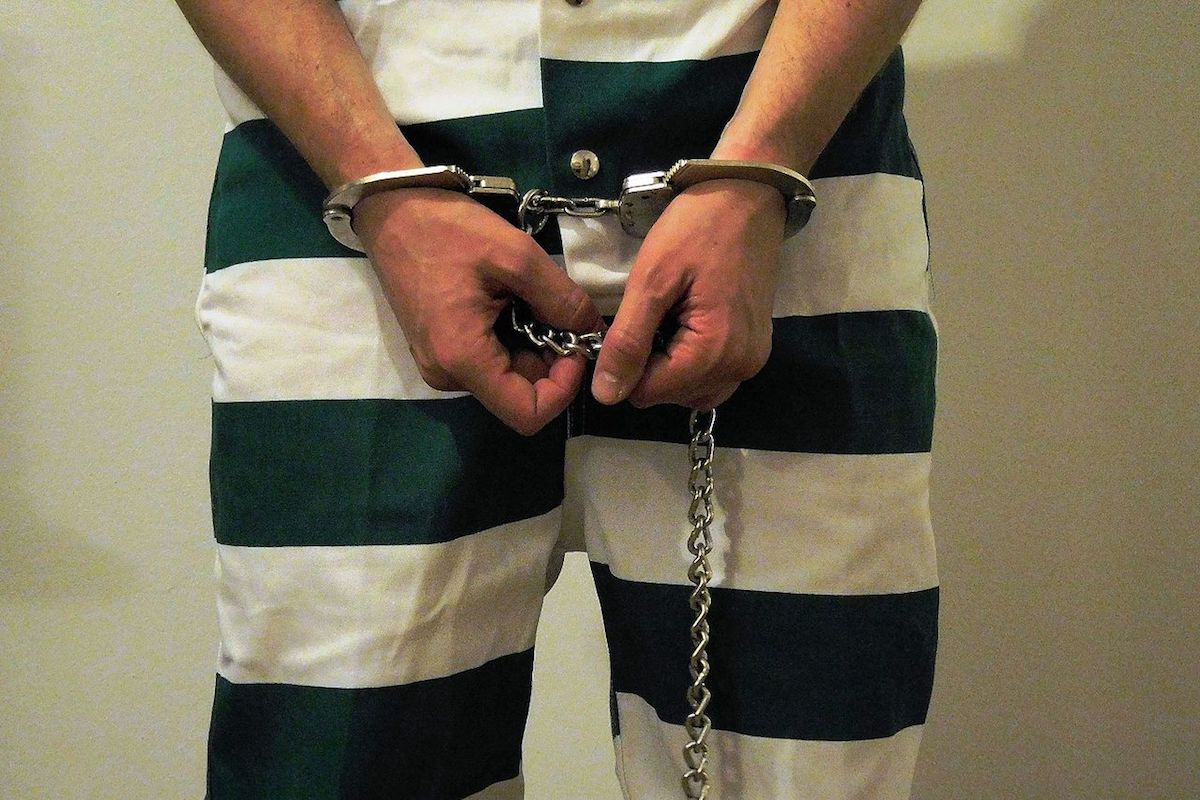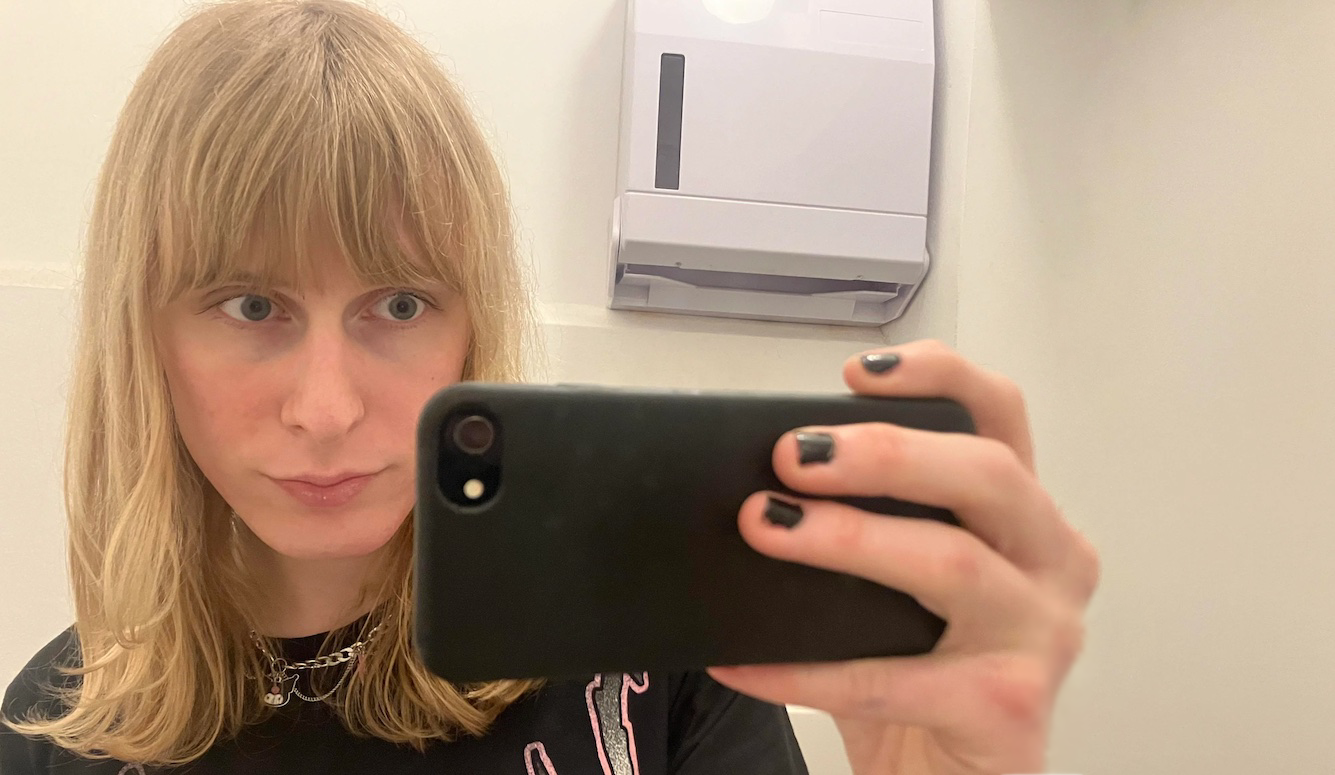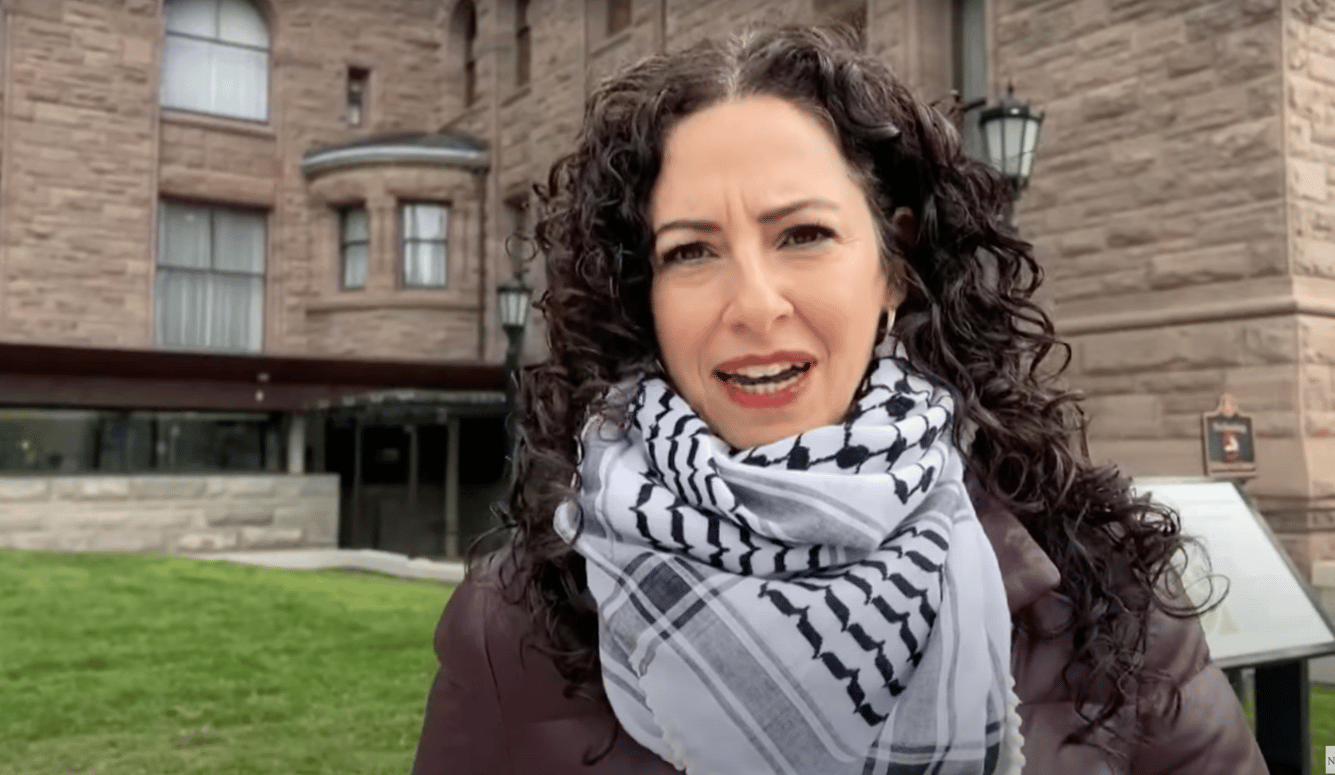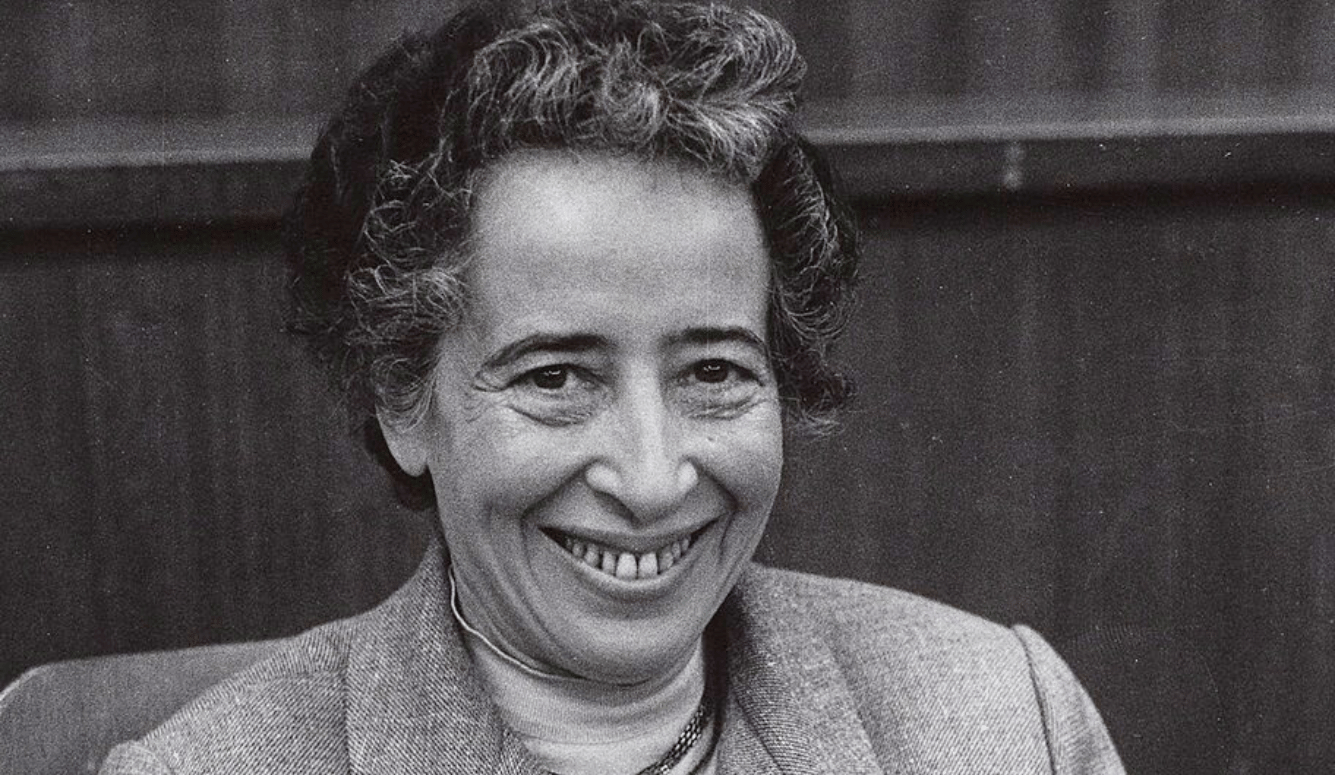‘Jared’ and ‘Kate’: A False-Allegation #MeToo Saga That Police and Prosecutors Got Right
It’s rare for police to take any action against a woman who claims that she was sexually assaulted, even when there is evidence that she is lying.

By the summer of 2018, Jared, age 18, had resigned himself to a future in the shadows. Police had told him there was nothing they could do to help him, and the ex-girlfriend who was harassing him probably was never going to desist. They advised him to keep a low social profile and not publish information on social media about where he was going to school or his employment details.
The one good piece of good news was that they had closed their investigation into false accusations of sexual assault that his ex had reported to police in late 2017.
Jared had been in a rocky relationship with Kate for three years. (Both names are pseudonyms, but the details contained in this account are real.) He was a rising music star in a large western American city, having performed professionally with local bands since he was 14. She was a groupie, several years older. They had fought often. But every time Jared tried to end the relationship, Kate had threatened suicide or other forms of self-harm.
Despite the conflict, there had been good times as well. This was one of the issues Jared struggled with: The person now destroying his life was someone he’d once loved.
Jared’s lawyers were able to debunk the assault accusations using information that Kate herself had provided in a lengthy video message and emails. Unfortunately, dealing with the libellous claims that Kate was making on social media proved more complicated. Jared’s lawyer sent a cease-and-desist letter, but the cost of actually proceeding with a defamation suit was prohibitively high.
Jared had contacted me in June, 2018, because I operate a Canadian-based non-profit entity called The Lighthouse Project that helps the falsely accused. I’m not a lawyer. But for several years now, I’ve helped people through other means, as described in a 2018 Quillette article I wrote about a case in British Columbia.
Jared lives in a large urban area. But as in most places, the music community there is a fishbowl. Everyone Jared worked with had heard of the accusations. In 2017, the band he was playing with had just started to take off, but suddenly venues were cancelling gigs after online campaigns were launched to de-platform “the rapist.”
The band mostly stuck by Jared and refused to fire him. As a result, the other members found themselves under attack as well. Accusations of misogyny rained down on them, even when they announced on social media that the police investigation had been closed.

Kate started diarizing her calls to police officers and posting the details online. She insisted the case was still open. In reality, Kate was making sporadic phone calls to police, claiming she had a witness or new evidence to present, but then failed to follow through. The police reportedly became annoyed, after officers realized that they were being used as part of a character-assassination campaign.
Jared sent me the electronic paper trail so that I could get a better sense of who Kate was, and what had happened between them. As a layperson, my first impression was that this must be some form of criminal harassment. At the very least, the woman was acting in a strange and toxic way. One of the emails she’d sent Jared, begging him to stay friends “with benefits,” had been composed the same day that Kate and a new boyfriend had posted on Facebook that they were an official couple. While Kate’s boyfriend was busy posting pictures of himself with his new girlfriend, Kate wrote Jared saying, “i didn’t have any true feelings for him” and “i always made it clear to him that my feelings for you had not faded and probably wouldn’t.”
In a 45-minute video, Kate admitted she knew Jared was afraid of her behaviour. She told him that at club venues, “you don’t have to be scared to turn the corner and face me anymore.” In one of the emails, Kate warned, “my hands are shaking. please don’t replace me. with anyone…i am scared that this has had no big effect on you. that you are fine, not thinking about me, and getting a good nights sleep. i can’t go a second without thinking about you.” When none of these messages elicited a response from Jared, she went online and started calling Jared an abuser.
It seems to have been a cry for attention: With every escalation, she apparently hoped for a call or a message from Jared in response. And then finally, in December, 2017, Kate took her story to the police.
Before going this route, Kate had kept telling Jared she was a new person and that she couldn’t let go until he saw the new version of herself. She wrote: “sometimes i’m so confused as to why you can’t see the positive that i do. the trust and love and strong future i felt. i will never be sure how to make you see it or feel it, but god knows i would die trying.” Kate was convinced that if Jared would just meet with her in person, she could show him how much she had changed. She’d apparently had an epiphany, and resolved the personality issues that had destroyed their relationship. She also said she was going to go to therapy and had started looking at enrolling in college, steps that Jared had encouraged throughout their relationship. While Jared was committed to completing his education, Kate spent a lot of time following her favourite bands on the road.
A transcriptionist who volunteers for Lighthouse created a transcript of Kate’s lengthy video, and helped prepare it for presentation to the police. I told Jared that he’d have more luck getting a protection order from a judge if a police officer supported his application.
It’s rare for police to take any action against a woman who claims that she was sexually assaulted, even when there is evidence that she is lying. But after reviewing the information and evidence we’d compiled, the case officer said she would send it on to a prosecutor to determine if charges were warranted. During the summer, a month after I’d first spoke with Jared, he was informed that stalking charges were being laid against Kate.
A week later, Kate surrendered herself to police and spent a night in jail waiting for a bail hearing. When she was brought into court wearing handcuffs and an orange jumpsuit, Jared was there in the room. It was the first time he had seen her since the nightmare had begun.
Part of him was excited. This was the first time his own victim status was being publicly recognized. And a protection order would give him some ability to insulate himself from online libel, and show music promoters that it was safe to hire him again. Criminal charges against Kate would provide some further measure of relief, even if they had not yet been proven. I told him how rare it was to achieve that outcome.
Though Kate was older than Jared, she was still a very young adult. She obviously needed some kind of therapy, and jail is not a good place for people with mental illness. The ultimate goal, I told Jared, should be rehabilitation and an apology.
In court, things did not go smoothly. Just outside the courtroom door, Kate started shaking and yelling that she couldn’t go through with the process. Her knees apparently gave out and she fell to the floor, struggling with guards and trying to stop them from bringing her through the doorway. A night in jail for a 21-year-old woman struggling with what I presume to be some kind of mental illness must have been a difficult experience. Compounding her anxiety, presumably, was the fact that her much-anticipated face-to-face with Jared would now be taking place under circumstances that would only compound his negative impressions.
Kate’s new boyfriend, still oblivious to the emails Kate had sent to Jared, sat stoically and supportively next to her parents. Kate had described him as her emotional rock. He seemed keen to continue on in that role. Jared had always had the option of sending Kate’s emails and video to this new boyfriend (or even making them public). But the goal had never been to humiliate her. Jared simply wanted the harassment to stop.
When Kate regained some composure and the proceedings began, the judge had some harsh words for Kate, as well as a few for her parents. But she was out on bail the same day, and apparently was intent on fighting the protection order the judge had handed down.
A few weeks later, however, Jared found out that Kate was looking for a plea deal. This came as a big relief. Jared’s focus was now figuring out how to repair the reputational harm that Kate already had inflicted. A plea deal would allow him to start fixing the damage sooner.
The prosecutor asked Jared to write a victim-impact statement, as well as document the financial damages he’d incurred as a result of Kate’s actions. Of course, some of those damages were lost opportunities that could not be calculated: How do you estimate the money you lost because the phone didn’t ring? The only clear number he had was printed on a legal bill from his lawyer, an amount deemed too large for a restitution order.

In November, as part of the plea deal and subsequent sentencing, Kate was granted access to a “diversion program.” If she complied with all of the imposed conditions, including mandatory therapy, her criminal record would be expunged.
In discussions about restoring Kate’s access to social media (which she’d been barred from under the protection order), Jared considered asking Kate to apologize on every media platform on which she’d posted the initial allegations. He wanted her to admit that she’d made up false allegations, and to state clearly that he had never assaulted her. But the final order merely dictated that she would have to produce a personal apology letter to Jared.
Things did start improving for Jared, though. On November 27, he sent an email informing me that he’d run into one of the musicians who’d sided with Kate. “A few months ago, he was very outspoken on the matter and attempted to rally musicians against me so that I never would play locally again,” Jared reported. “He stopped me and offered me an apology. He had learned of her arrest. We have corresponded since and I told him the real story. I do realize that there is more work to do here but there are a few key people I think I can now reach that will listen to my story.”
Jared has been able to perform again, and has been touring extensively in recent months. He’s doing well in school, getting good grades and keeping busy—but still hasn’t been able to put it all behind him. “I am not sharing that much about what I am doing these days on social media out of fear,” he tells me. “I still feel I need to live under the radar.”
As for Kate, she’s now back online. And it seems the first thing she posted on Facebook was a veiled claim to the effect that she had been telling the truth all along. But she hasn’t said anything more about Jared, and it isn’t clear whether she’s still obsessed with him.
One of the reasons I have not identified “Kate” is that the purpose of a diversion program is to let people rebuild their lives and become productive citizens again. “Jared” doesn’t want his name publicized, either. There are many who will still believe the lies told about him.
What haunts Jared is the sense that this could happen again—to him, or anyone. The couple had fights, as all couples do, but he’d always tried to be a good partner. He’d cried when she showed him the marks on her body from self-harm after he’d broken up with her in the past. That’s one of the reasons he’d kept taking her back. She clearly knew how to play on his emotions, and became frustrated when her old tactics didn’t work. That’s when she went too far.
This sort of destructive cycle has been playing out in many relationships since time immemorial. It’s a form of interpersonal dysfunction that can ruin lives in a way that, in most cases, the law is powerless to stop. The best that police and prosecutors can do is recognize that these patterns sometimes can drive people to target, and lie about, the people they love.
And when that happens, authorities cannot let the politics of #MeToo, or any other political movement, interfere with their mandate. In this regard, Jared’s case presents an example of police and prosecutors getting things right.











